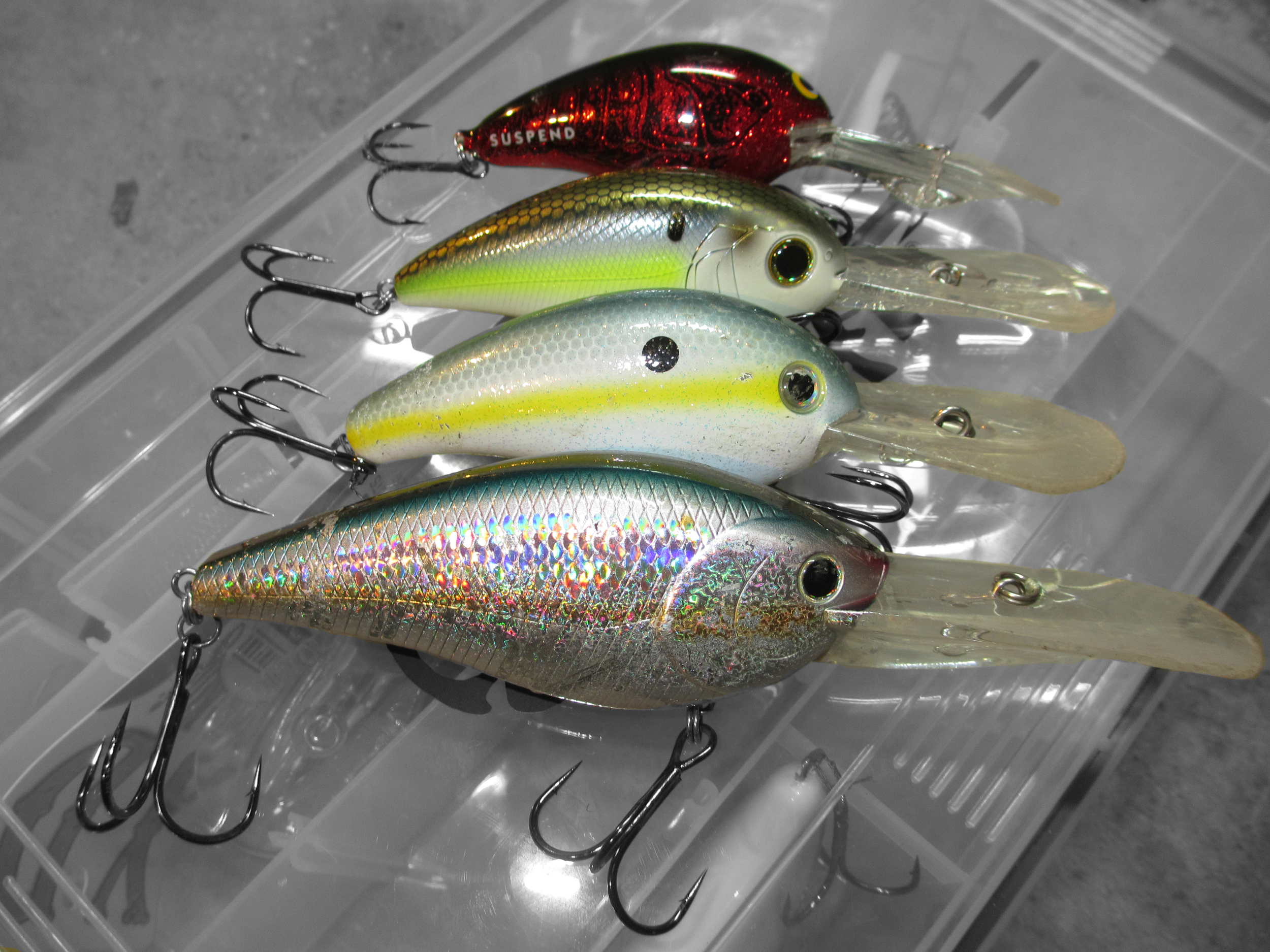Everything There is To Know About Treble Hooks!
Can you really film a whole video about treble hooks? On the surface it seems like such a mundane topic. Not only can it be done, it can be the longest video we've ever put out! So what's the deal? Why do we care so much about hooks? If you commit to the next 17 1/2 minutes and make it all the way through this video you will absolutely be a better angler on the other end!
We use hooks every time we hit the water but very few anglers really understand those hooks, how they really work, and how to make them work for you. With some basic knowledge you can learn to switch wire size, hook shape, color, or brand at the right times to drastically increase the number of fish you land!
While this topic seems mundane on the surface, I can't help but get excited about it. There is no other aspect of fishing that have more of an impact on your actual catch rates than your hooks, yet most anglers completely neglect them. When I ask a guy what his favorite hook is I'm invariably met with something like "Triple Grips", "Owner", or "Gami". Very few anglers even consider their options within a brand, let alone branching across various brands to match the different circumstances on the water.
Again, I challenge you to make it through to the end of this video. I know its long but it will change the number of fish you catch in the coming months. This video is about trebles but much of the information applies to single hooks as well.
Hooks are expensive and having a large assortment on hand can get pretty pricey but if you learn how to use them to impact sink rates you can have a single lure do all sorts of different things, saving a lot of money in the long run. Get yourself some quality split ring pliers because you're probably going to start changing hooks a lot more!
My favorite hooks for the various categories are:
- Gamakatsu Round bend 1x Treble RED (hardbaits when bass are slapping)
- Gamakatsu 4x Treble (soft swimbaits)
- Gamakatsu EWG Treble Red and Bronze (hardbaits that get engulfed)
- Owner ST-36 1x Treble Black or Red (All hardbaits)
- Owner ST-56 3x Treble Black (hardbaits for large bass or faster sink rates)


